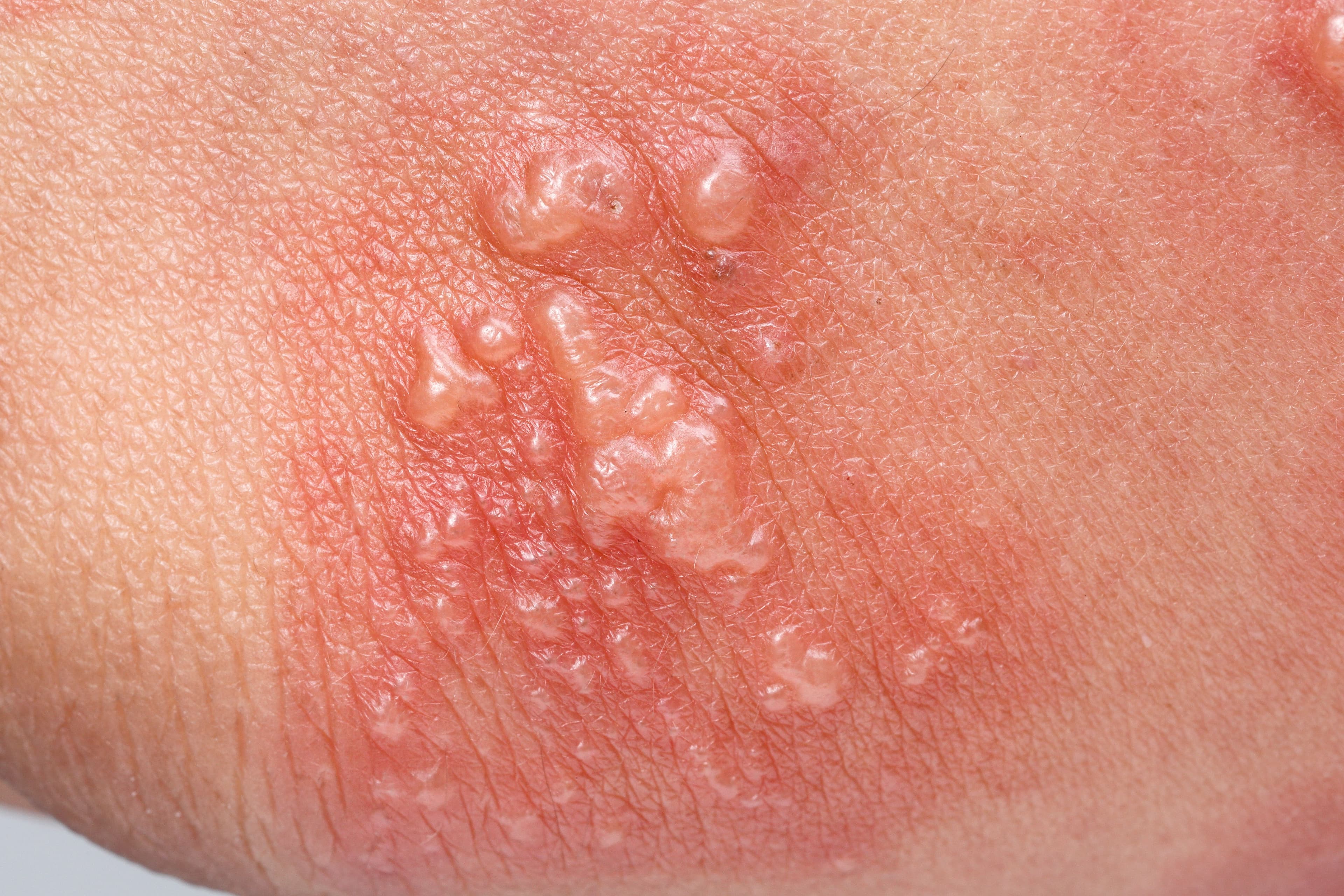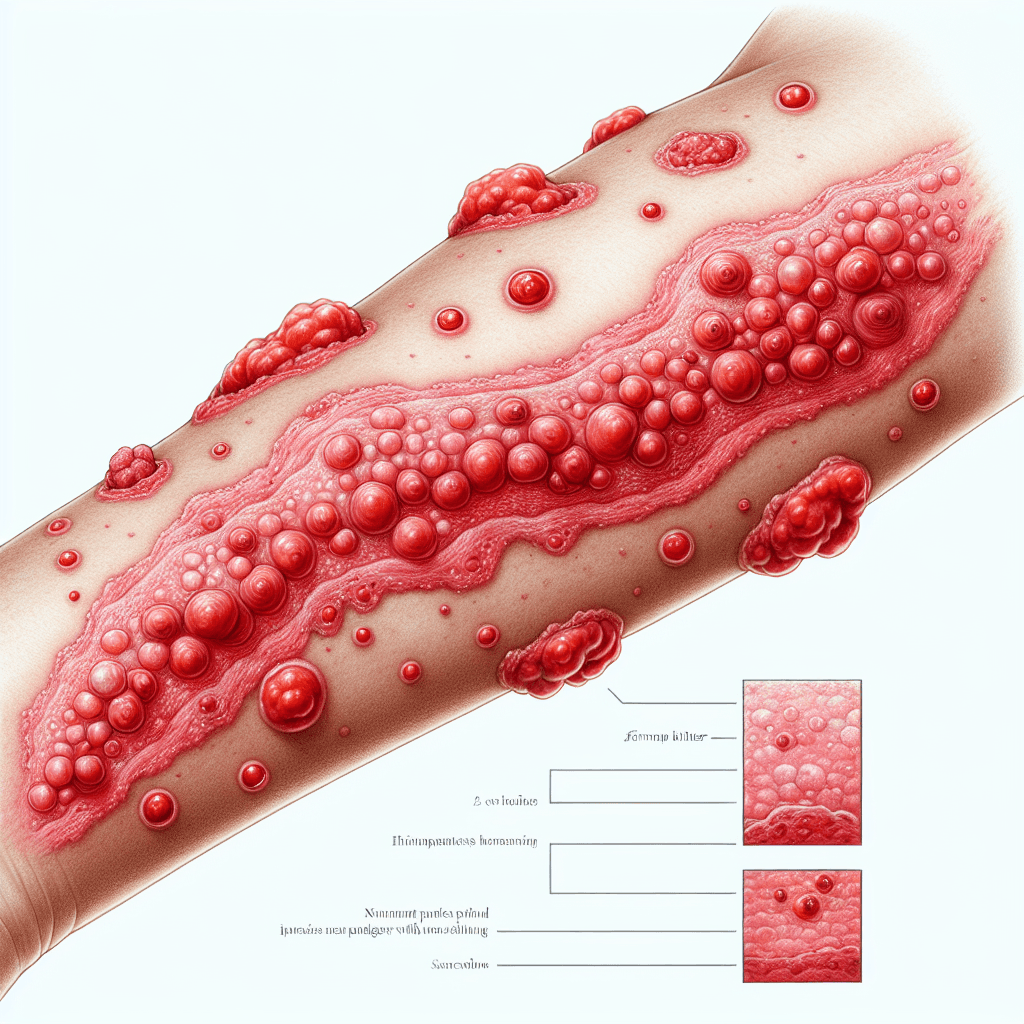Shingles: An In-Depth Guide for Healthcare Professionals and Patients

Shingles, also known as herpes zoster, is a viral infection caused by the varicella-zoster virus, the same virus responsible for chickenpox. After a person recovers from chickenpox, the virus can remain dormant in the body and reactivate years later, leading to shingles. This condition is characterized by a painful rash that typically appears on one side of the body or face. The risk of shingles increases with age, particularly in individuals over 50, and those with weakened immune systems.
Symptoms of Shingles
The initial symptoms of shingles can include headache, sensitivity to light, and flu-like symptoms without a fever. As the disease progresses, individuals may experience itching, tingling, or pain in a specific area, followed by the appearance of a red rash a few days later. Blisters then form, which can take several weeks to scab over and heal. In some cases, severe pain can continue even after the rash has cleared, a condition known as postherpetic neuralgia (PHN).
Treatment Options
Early treatment is crucial for managing shingles and reducing the risk of complications. Antiviral medications can help shorten the duration of the virus and alleviate symptoms. Pain relief can be managed through a combination of antiviral drugs, painkillers, and sometimes corticosteroids. It's important for patients to start treatment within 72 hours of the rash appearing for the best outcomes.
Preventive Measures
The shingles vaccine is a key preventive measure, especially for older adults and those with weakened immune systems. Two vaccines are currently available, and healthcare professionals should discuss vaccination options with their patients, considering their health history and risk factors.
Complications of Shingles
Complications from shingles can include postherpetic neuralgia (PHN), vision loss if the rash occurs around the eye, neurological problems, and skin infections. PHN is the most common complication, causing long-term nerve pain where the shingles rash was present.
Role of Healthcare Professionals
Healthcare professionals play a vital role in educating patients about shingles, its potential complications, and the importance of early treatment and vaccination. They should also provide support for managing symptoms and addressing the emotional and psychological impact of the condition.
Patient Education and Support
Patients should be informed about the signs and symptoms of shingles, treatment options, and ways to care for their skin during an outbreak. Support groups and resources can also be beneficial for those dealing with the after-effects of the illness.
Conclusion
Shingles is a preventable and treatable condition, but it requires prompt attention and care. By staying informed and proactive, healthcare professionals and patients can work together to manage shingles effectively and minimize its impact on quality of life.



